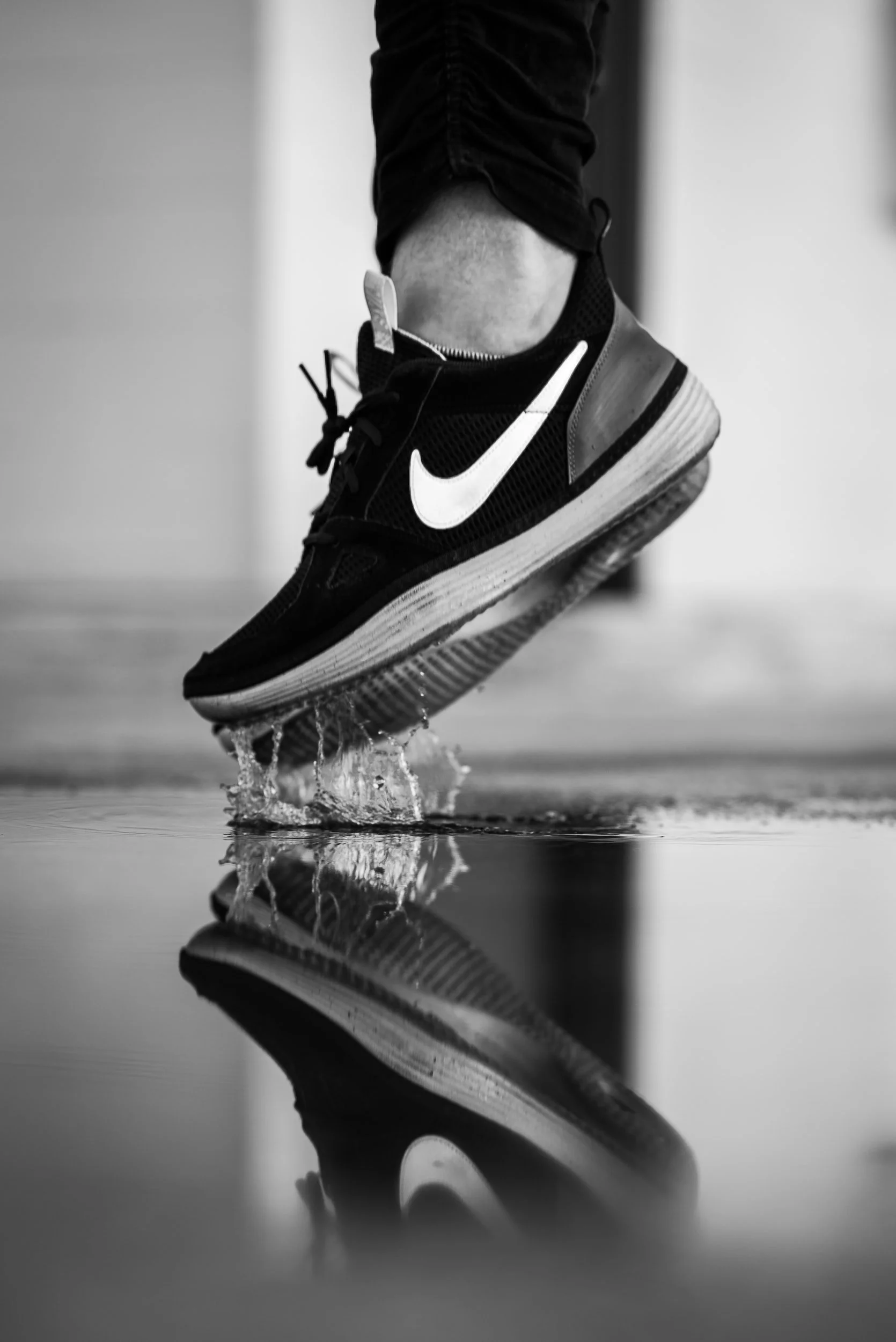Calf injury special
We’re going to delve into one of our most common running injuries - the classic old calf strain.
Special shout out to the aging male 30-60 year old runner (me included….) who seem to specialized in doing this....... Male middle age calf syndrome.
Quick facts:
Your calf, what is it and what does it do?
There are actually two muscles that make up your calf - Gastrocnemius and the Soleus - they work together to propel you forward.
More than 50% of running force propulsion is generated from the calf so it is no surprise that it takes the prize for our most common running muscle injury.
The gastrocnemius has been the star in the past; it's most well known and is the one you see when you rise up onto your toes (has two parts in it).
Its mostly forgotten about teammate is the soleus which in the past was mainly only thought to help you stand (rather an have a big role in running/athletic performance). Big mistake..... forget this one to your peril - (I think it is the most commonly missed or forgotten exercise on calf rehab and can be a main reason for people suffering from repeated calf strains).
Calf injury risk factors (aside from training overload)
1. A British Journal of Sports Medicine study shows as you get older, it’s likely you are at a greater risk of suffering a calf strain.
2. History of a previous calf strain. Once you have had one calf strain, there’s strong evidence that you’re at greater risk of having a calf strain again in the future.
3. Weakness on repeated calf testing - here we are talking about strength-endurance with the repeated single leg calf raise (bent knee calf raise important here)
So overall, highest risk group is the poorly conditioned male (disproportionately distributed among sexes with 70% of the injuries occurring in men) in the fourth to sixth decade of life….
Physio geeky bit…… Why age?
As a runner ages there is reduced overall leg stiffness (we're not talking about muscle length here) which means your Achilles tendon becomes a little floppy and able to absorb load - therefore more load gets put through the calf as you land.
With this you also lose the optimal action of the stretch-shortening cycle during activities like running.
Calf muscles are some of the quickest to atrophy (waste) as we get older or with the removal of a loading stimulus.
So, if you lose the size of the calf muscle, then you also losing some of the force generating qualities. With this you also lose length in the fascicles (part of the muscle fibres) i.e. loss of strength at high speeds and when the muscle is working in a lengthened position (as in running).
So unfortunately middle aged male runners - you are in a perfect situation to injure your calf when accelerating, jumping, serving in tennis, and most of all running.
There is hope:
Apart from aging process (can't change that sorry), the risk factors above are all modifiable - so we can change those and they are some of the key areas to target with rehabilitation.
Often in physio a problem can occur when a patient jumps from isolated, local strength measurement of the calf, directly into running. It can be a common mistake to miss the testing or to neglect rehabilitating calf function during plyometric or explosive tasks.
So what's the treatment plan?
SETTLE - REHAB - STRENGTHEN
Settle
This involves settling the initial symptoms down - rest ice, compression, offloading
Don’t focus too much on stretching, this might sound counter intuitive from a physio….. but don’t stretch too much- especially if you have just injured your calf.
Get active as soon as you can through non impact exercise (bike and swimming taking care).
Hands on treatment to facilitate healing and encourage correct movement patterns.
Then it's rehab time
Patience is needed though rehab can’t be ‘crammed’ - time is required for the body to progressively adapt to loading stimulus.
Think of it like Forrest Gump and his 100 different types of shrimp:
Isometric Calf raises, flat calf raises, straight knee calf raises, bent knee calf raises, weighted calf raises, smith machine calf raises seated weighted calf raise, metronome calf raises, plyometric calf work etc etc etc .....the list goes on...
You need to incorporate progressive loading and plyometrics - very important.
Often when returning to running, a big problem can be if your rehab is too isolated (not incorporating movement based plyometric work).
Strength measurement of the calf may test ok and feel ok to run, but you might have still neglected rehabilitating calf function during plyometric or explosive tasks.
The two most common errors we see for runners rehabilitating injuries is that the program wasn't progressive enough (ie incrementally more challenging), and the degree of challenge was too low.
The effect of this is that you are underloaded throughout rehabilitation leading to prolonged recovery time and heightened risk of re-injury.
If you're having any calf issues - give us a call and we'll do all we can to get you through it!



